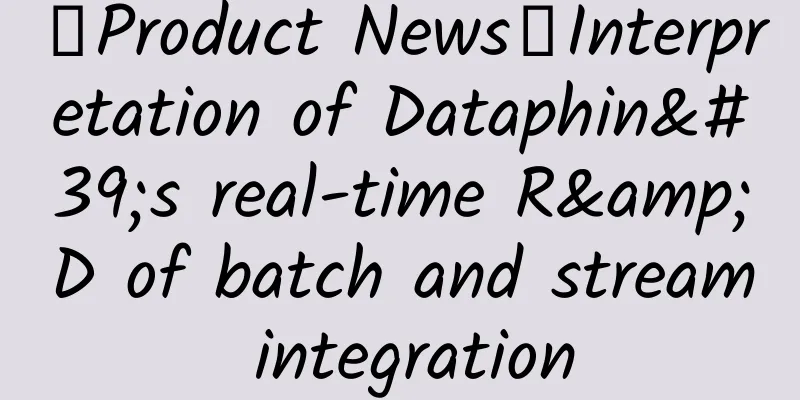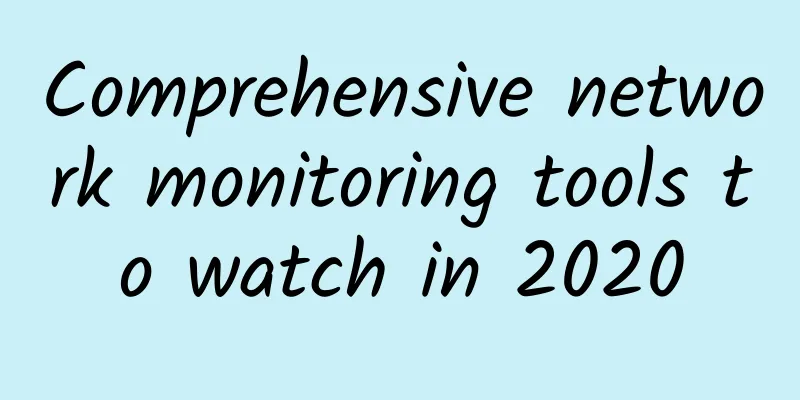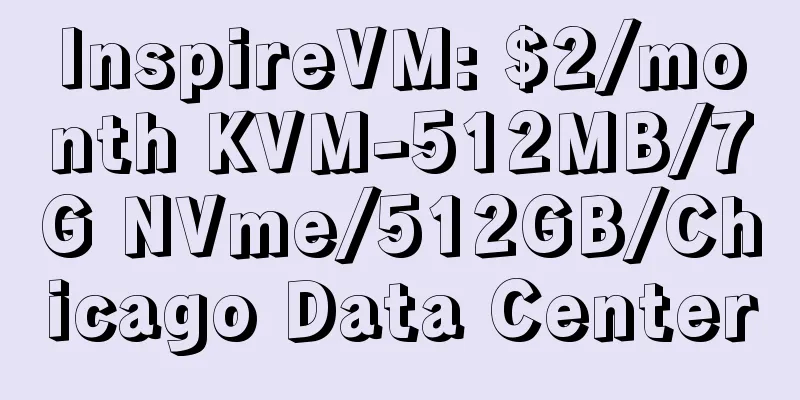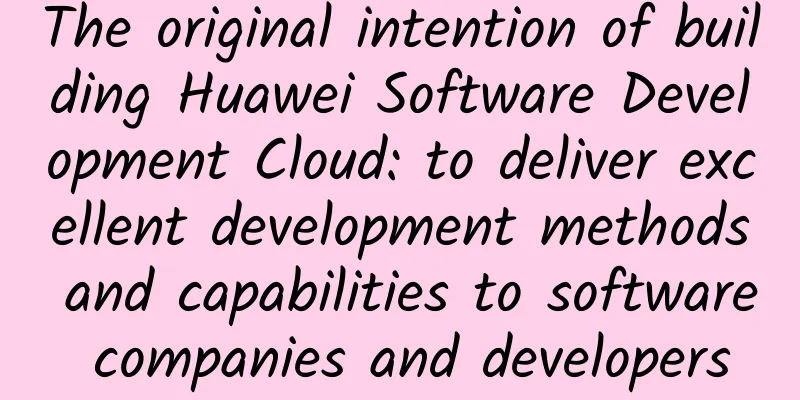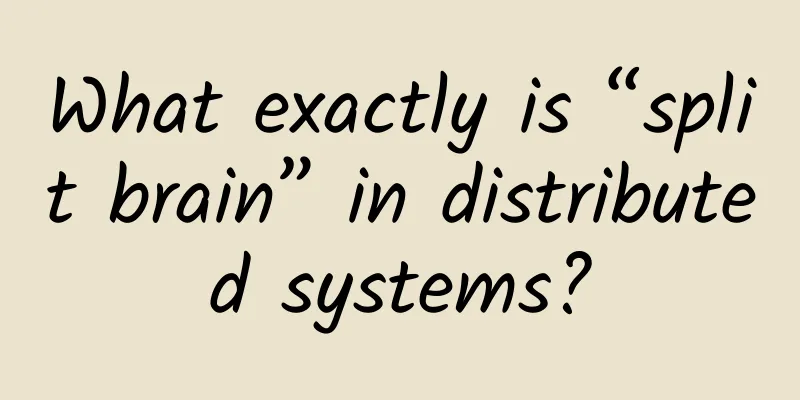The Ministry of Industry and Information Technology has released a number of new 5G standards, covering core networks, slicing, 5G messaging, etc.
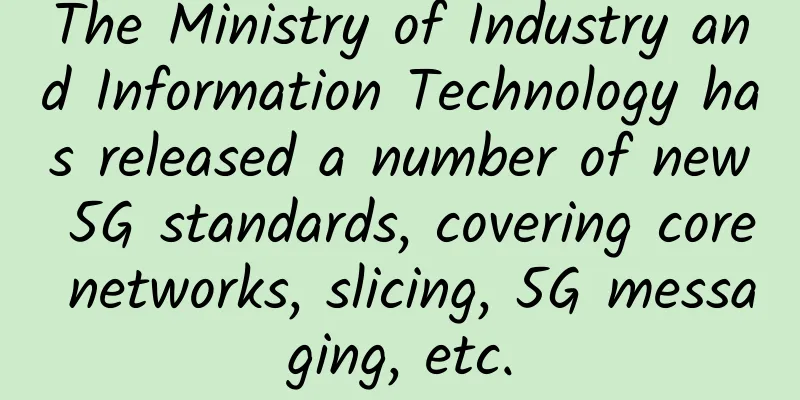
|
Recently, the Ministry of Industry and Information Technology issued Announcement No. 33 of 2021, announcing 513 industry standards (standard numbers, names, main contents and implementation dates, etc.), including 71 communications industry standards; in addition, it also approved two communications industry standard amendments, including "Technical Requirements for Enhanced Mobile Broadband Terminal Equipment for 5G Digital Cellular Mobile Communication Networks (Phase I)". DVBCN sorted out the standards related to 5G.
Among the newly released communication industry standards, the standards related to 5G are as follows (all implemented from April 1, 2022): 1) Number: YD/T 3958-2021Name: 5G message terminal test method Standard content: This document specifies the test of digital mobile communication terminals supporting 5G messaging services The methods include test environment, configuration test, registration test, point-to-point message test, group message test, group chat and group management test, file transfer test, industry message test, message management function test, business concurrency test, and enhanced call-related message test. The 5G messages specified in this document are implemented based on GSMA RCS UP2.4 and related standards. This document is applicable to digital mobile communication terminals that support 5G message services. 2) Number: YD/T 3959-2021Name: Access Network Equipment Test Methods for N×25Gbit/s Wavelength Division Multiplexing Passive Optical Network (WDM-PON) for 5G Fronthaul Standard content: This document describes the test methods for the interface, function, performance, network management, etc. of N×25Gbit/s WDM-PON central office equipment (OLT) and user side equipment (ONU) for 5G fronthaul. This document is applicable to N×25Gbit/s WDM-PON based on wavelength routing in the public telecommunication network environment. 25Gbit/s WDM-PON equipment, dedicated telecommunication network can be used for reference. 3) Number: YD/T 3959-2021Name: Access Network Equipment Test Methods for N×25Gbit/s Wavelength Division Multiplexing Passive Optical Network (WDM-PON) for 5G Fronthaul Standard content: This document describes the test methods for the interface, function, performance, network management, etc. of N×25Gbit/s WDM-PON central office equipment (OLT) and user side equipment (ONU) for 5G fronthaul. This document is applicable to N×25Gbit/s WDM-PON based on wavelength routing in the public telecommunication network environment. 25Gbit/s WDM-PON equipment, dedicated telecommunication network can be used for reference. 4) Number: YD/T 3961-2021Name: Technical requirements for 5G messaging terminals Standard content: This document specifies the technical requirements for digital mobile communication terminals to support 5G messaging services, including basic requirements, service function requirements, network and protocol requirements, security requirements and performance requirements. The terminal service function requirements include personal messaging function requirements, industry messaging function requirements, message management function requirements, and enhanced call-related messaging function requirements. The 5G messages specified in this document are implemented based on GSMA RCS UP2.4 and related standards. This document is applicable to digital mobile communication terminals that support 5G message services. 5) Number: YD/T 3962-2021Name: Overall technical requirements for 5G core network edge computing Standard content: This document specifies the overall architecture, core network functional requirements, platform requirements and key processes of 5G core network edge computing. This document is applicable to 5G core network related network elements, related components or network elements of 5G core network edge computing system, and system related interfaces. 6) Number: YD/T 3973-2021Name: 5G network slicing end-to-end overall technical requirements Standard content: This document establishes the end-to-end framework of network slicing, specifies the terminal functional requirements, AN/TN/CN slicing subnet functional requirements, slice manager functional requirements, as well as the interface functional requirements, security requirements and billing requirements of the network slicing service domain and management domain, and specifies the key processes for slice deployment and slice service use. This document is applicable to the research and development and testing of end-to-end 5G network slicing based on independent networking, including terminals, wireless access networks, bearer networks, core networks, slice managers, etc. 7) Number: YD/T 3974-2021Name: Technical requirements for end-to-end slice connection based on slice packet network (SPN) bearer for 5G network slicing Standard content: This document specifies the network end-to-end slice architecture based on SPN bearer, SPN network slice capabilities, slice docking process, forwarding layer slice docking requirements, network slice control layer collaborative docking requirements, etc. This document is applicable to the development and testing of end-to-end 5G network slices based on SPN bearer. 8)No.: YD/T 3975-2021Name: Technical requirements for end-to-end slicing connection based on IP bearer for 5G network slicing Standard content: This document specifies the technical requirements for end-to-end slice docking based on IP bearer network, including 5G network end-to-end slice docking architecture, IP bearer network slice function, slice docking process, slice forwarding layer docking requirements, and slice control layer collaborative docking requirements. This document is applicable to the development and testing of IP bearer networks that support slicing. 9) Number: YD/T 3976-2021Name: Overall technical requirements for topology enhancement of session management function (SMF) and user plane function (UPF) in 5G mobile communication network Standard content: This document specifies the overall technical requirements for topology enhancement of the session management function (SMF) and user plane function (UPF) of the 5G mobile communication network based on the SA architecture, including architecture requirements, high-level functional requirements, interface functional requirements, network element functional requirements, key process requirements, etc. This document is applicable to the research and development, testing, verification and evaluation of key 5GC network elements corresponding to 5GC core network functions based on the SA architecture, including session management functions such as AMF, SMF, I-SMF, UPF and user plane function topology enhancement functions. 10) No.: YD/T 3988-2021Name: 5G general module technical requirements (Phase I) Standard content: This document specifies the basic functional requirements, hardware technical requirements, electrical interface technical requirements, etc. of 5G general modules below the 6GHz frequency band. This document is applicable to all terminal devices that integrate 5G general modules below 6GHz. 11) No.: YD/T 3989-2021Name: Overall technical requirements for 5G messages Standard content: This document specifies the overall technical requirements for 5G messaging, including business overview, system architecture, functional requirements, interoperability requirements, support management requirements, service quality, terminal requirements and security requirements. 5G messaging is based on GSMA RCS UP2.4 and related standards, and is not limited to 5G cellular network implementation. Services include personal messaging, industry messaging and messages related to enhanced calls. This document applies to 5G messaging services and devices that support 5G messaging services. 12)No.: YD/T 4002-2021Name; Test methods for 5G digital cellular mobile communication network enhanced mobile broadband terminal equipment (Phase I) Standard content: This document specifies the test methods for basic functions, RF performance, wireless resource performance, protocol consistency, etc. of 5G enhanced mobile broadband terminal equipment in the frequency band below 6 GHz. This document is applicable to 5G terminals in the frequency band below 6 GHz that support enhanced mobile broadband scenarios (eMBB), and is intended for non-standalone networking (Non-Stand Alone) and standalone networking (Stand Alone). 13)No.: YD/T 5263-2021Name: Digital cellular mobile communication network 5G core network engineering technical specifications Standard content: This specification applies to the planning, design, construction and acceptance of the digital cellular mobile communication network 5G core network (including NSA and SA) and 5G signaling network engineering. It mainly includes the digital cellular mobile communication network 5G core network and 5G signaling network network element settings, node settings, virtual resource pool settings, network organization, interface and signaling, service and signaling bandwidth calculation, numbering and IP address, billing and network management, network security, synchronization method, site selection, green energy saving, etc. 14)No.: YD/T 5264-2021Name: Digital cellular mobile communication network 5G wireless network engineering technical specifications Standard content: This specification applies to the construction of 5G wireless network projects for public mobile communication networks, including the entire process of planning, design, construction, acceptance, network operation and maintenance, and optimization. It mainly stipulates the technical requirements for relevant planning, design, construction, acceptance, network operation and maintenance, optimization, safety, energy saving, environmental protection, and co-construction and sharing involved in the construction of 5G wireless network projects for digital cellular mobile communication networks. The modification notices involving the two communications industry standards are "Technical Requirements for Enhanced Mobile Broadband Terminal Equipment of 5G Digital Cellular Mobile Communication Networks (Phase I)" and "Technical Requirements and Test Methods for Image and Video Transmission Characteristics of Mobile Terminals". |
<<: 5G enables the industrial Internet to flourish
Recommend
The 17th China Enterprise Annual Selection List for 2022 was announced: Juniper Networks China CTO Jing Youhao won the 2022 IT Industry Network Outstanding Contributor
In November 2022, the "China Enterprise &quo...
China's five major mobile app stores jointly launch 64-bit Android ecosystem migration
(April 19, 2021) In order to assist Chinese Andro...
What is the difference between Cookie and Session in HTTP protocol?
HTTP is a stateless protocol, that is, each time ...
IMIDC server restock: Hong Kong & Taiwan starting from $39/month / Japan server starting from $49/month
IMIDC (Rainbow Network) Hong Kong, Taiwan and Jap...
New in Los Angeles CN2 GIA/Japan SoftBank special price starting from $93 per year
BandwagonHost has launched a SPECIAL 40G KVM PROM...
The development of 4G proves that there is no need to wait for 5G to mature before commercial deployment
It is too early for China Mobile to advance its 5...
These 8 IT infrastructure terms IT practitioners should know
IT infrastructure is changing rapidly. Specifical...
Why do many colleagues recommend Ether IPL? Until this hospital expansion...
By Jin Gang, Chief of Information Department, Thi...
From "application availability" to "service accessibility" - the DNA innovation rule of Borei Data
[51CTO.com original article] In the past, users o...
Design and analysis of weak current intelligent system in intelligent building
The intelligentization of weak-current electricit...
QuantumCore: Australian VPS 1 AUD per month for the first three months, 1G memory/30G NVMe hard drive/1TB monthly traffic
The tribe once shared information about QuantumCo...
Sichuan Provincial Government Cloud is officially launched, and the government affairs of our province have entered the "cloud era" of data sharing and fine governance
[[189512]] Provincial government advisor Zhang Zu...
The Ministry of Industry and Information Technology held a special meeting on 5G/6G technology
On May 12, the Ministry of Industry and Informati...
The 5G concept is very popular, but why is there no progress in the construction of public WiFi?
Since 2015, the country has begun to continuously...
The Legend of Network Protocol (III): The Glorious Family Goes East and West
TCP/IP is the most widely used network protocol f...
